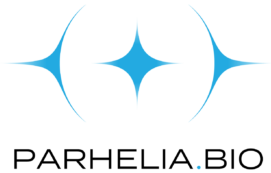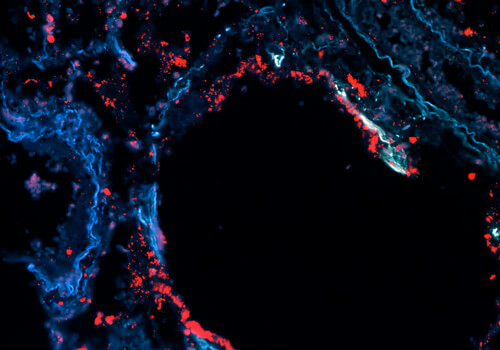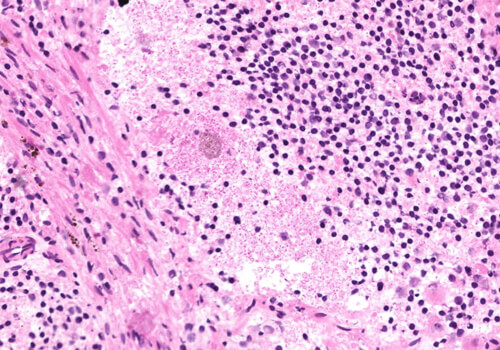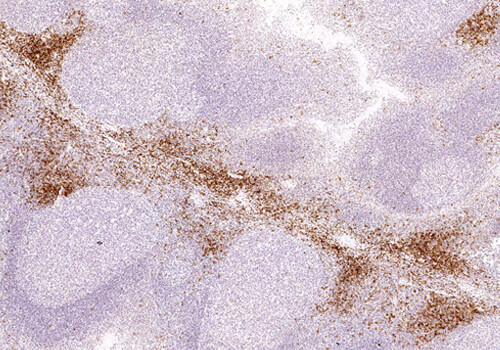The PARHELIA.BIO team
Bringing you auto-staining devices that are compact, affordable, flexible and easy to use for staining automation, diagnostic labs and research facilities on a budget.

Nikolay Samusik

Prof. Garry Nolan

Yury Goltsev
Co-Founder

Caitlin Farquhar
VP of Marketing

Jonathan Fisher
Senior VP, Commercial

Mike Stadnisky
Chairman of the Board

Brandy Lee
Executive Admin

Leslie Gore
General Manager

Nels Wedin
Sr. Field Applications Engineer

Michael Craft
Field Applications Scientist
Our company Parhelia Bio provides a simple, efficient, and affordable solution to tissue auto-staining and automation for research, diagnostic, and pathology labs. We (the founders of Parhelia Bio) met at Stanford while doing our postdocs in the Nolan lab. Together we collaborated on the development of CODEX ultra–multiplexed staining technology and co-founded Akoya Biosciences (NASDAQ:AKYA) to commercialize CODEX and related methods. CODEX and Opal (later acquired by Akoya from Perkin Elmer) are now considered key technologies in the rapidly growing field of spatial biology.
From our lab work at Stanford, it became clear that multistep staining protocols such as CODEX itself require a significant effort. Achieving great CODEX staining takes hours of focused hands-on time and we saw that for many of our collaborators, it took months to master the protocol when they first started. We also were constantly wondering if there is a way to cut down on the use of expensive reagents such as DNA conjugated antibodies, without resorting to the ‘flip it on the parafilm’ trick, which often creates uneven staining. From this Parhelia was founded – to help save reagents, speed up the adoption of spatial biology techniques, and at the same time allow researchers and pathology labs to stay within their notoriously lean budgets.
Looking at the autostainer market at the time, we realized that there were no affordable autostainers on the market because they all use dedicated liquid handling robotics that are integrated into the instrument. Instead of following the market trends, we had the idea to miniaturize the staining apparatus down to the SBS footprint (a size of a 96-well plate) and thus utilize a variety of existing liquid handlers that were already on the market for the purpose of cycling the liquid exchanges. One most exciting option that we found was the OT-2 robot provided by Opentrons.

After months of dedicated engineering, we created a working prototype based on a capillary gap staining principle. The advantage of gap staining is that the sample is incubated in a very thin layer of liquid, thus greatly reducing the volume of reagents used, while the exchange of the liquids can be implemented by simply pipetting the new buffer to the top of the staining chamber and letting the gravity draw it in and instantly displace the old buffer. Using this prototype we successfully demonstrated the ability to automate a wide range of protocols, starting from simple IF, IHC, H&E stains and all the way to sophisticated multi-step protocols such as CODEX, RNAscope, IMC etc.
Moreover, we realized that we can make use of OT-2’s heat module and automate protocols that require heated incubations, such as Cas-FISH, Opal and even FFPE antigen retrieval (yes, to our surprise, turns out that one doesn’t really need a pressure cooker). We became the first company to design a gap staining chamber specifically for coverslip-mounted samples, a format commonly found in research applications, which seems to be ignored by other autostainer vendors. We aim to serve the scientific community by enabling the complicated multi-step protocols to be done efficiently and hoping to make tissue auto-staining truly affordable to all.

Our partners
Parhelia Bio is pleased to be partnering with Opentrons to offer competitive pricing on a complete tissue auto-staining solution. Omni-Stainer™ is compatible with most liquid handling robots, but if you don’t have one, we recommend our partner Opentrons OT-2.





